Dudpukuria-Dhopachori Wildlife Sanctuary
Chandanaish and Rangunia, Chittagong.
Declared as a sanctuary on 6 April 2010, DDWS encompasses 4,717 hectares. It is located within Chandanaish and Rangunia Upazilas, Chittagong District. These forested hills are a vital watershed, providing and regulating water flows into two significant river systems in southeast Bangladesh – the Karnaphuli and Sangu rivers. These upstream-downstream ecosystem impacts are increasingly important given the effects of climate change.
DDWS protects about 2,600 hectares of tropical mixed evergreen forest dominated by trees such as Garjan and Chapalish. Unlike many other forests in Bangladesh, the tree cover has increased in recent decades. The Sanctuary connects with forests in the Chittagong Hill Tracts, providing important wildlife corridors for Bangladesh’s disappearing mega fauna. Small herds of endangered Asian Elephants visit the sanctuary regularly, and Dudpukuria CMC is working with others to conserve elephants in a coordinated way. DDWS is one of the few forests in Bangladesh where the globally endangered Western Hoolock Gibbon is found. Fishing Cat, Leopard Cat, Binturong, Grey Peacock-Pheasant, White-cheeked Partridge, Oriental Pied Hornbill, and King Cobra are other notable species.
Most people living in 28 villages impacting the wildlife sanctuary, including five ethnic communities inside the sanctuary, are poor and depend to a considerable extent on forest resources. Income-generating alternatives, such as eco-tourism are reducing threats to the biodiversity and ecology of DDWS.
WHY IS DUDPUKURIADHOPACHORI WILDLIFE SANCTUARY (DDWS) IMPORTANT?
Watershed generates and regulates water flows to downstream rivers
Forest-wildlife corridor essential for Bangladesh’s disappearing mega fauna
Preventing forest degradation preserves 386 tons of CO2 per hectare for climate change mitigation
Over 600 species of plants, including some rare species
Nearly 400 vertebrate species, including over 200 birds and over 45 mammals
Habitat for globally endangered Asian Elephant and Western Hoolock Gibbon, and globally vulnerable Binturong.
Several local villages are Marma and Chakma, by ethnicity
Every 12 years, the forest is an important pilgrimage site for Buddhists
Local people are poor and depend on forest resources, threatening the biodiversity and ecology of sanctuary
CO-MANAGEMENT HELPS PROTECT CRITICAL FOREST HABITATS IMPORTANT FOR A WIDE RANGE OF CREATURES AND PLANTS, INCLUDING GLOBALLY THREATENED SPECIES …
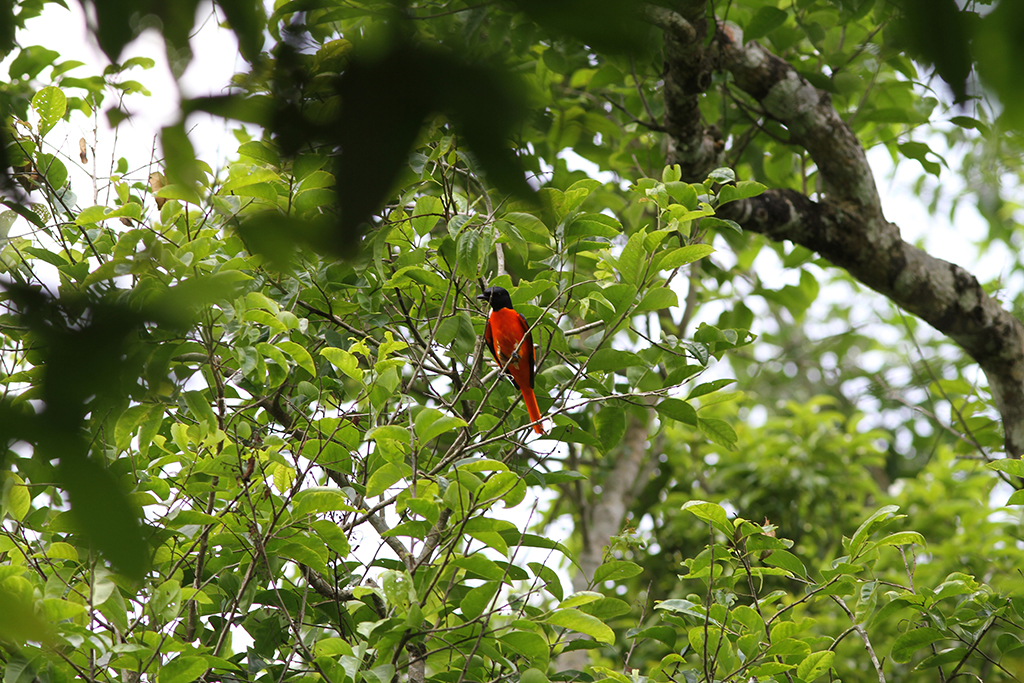
Binturong (Arctictis binturong)
Please support this important work.
This large shaggy graycoated relative of civets lives mostly in trees. At night it searches for small animals, insects and fruits to eat. In Bangladesh it is found only in a few eastern hill forests including Dudpukuria- Dhopachori Wildlife Sanctuary. It is globally vulnerable to extinction.
Please support this important work.
This globally endangered species was once widespread in Bangladesh. It is now restricted to a few Protected Areas in the south-east. A small, but important, population moves within and between sites. Dudpukuria CMC is working with ten other CMCs and the Forest Department to protect elephants and their habitat, restore connecting corridors used in their migrations, and minimize conflicts with local people.

Asian Elephant (Elephas maximus)
Sustaining Nature, Biodiversity, and Local Communities
Dudpukuria Co-Management Committee engages local communities with Forest Department to conserve Dudpukuria-Dhopachori Wildlife Sanctuary and its threatened species, including Bangladesh’s last elephants, through climateresilient natural resources management and diversified livelihoods.
Co-Management in Dudpukuria was established on 22 May 2011 under an order from the Ministry of Environment and Forests under memo no. PaBaMa/parisha-4/nishorgo/105/sting/2006/398 of 23 November 2009. Dudpukuria CMC formally works with and includes Bangladesh Forest Department, local government and all key local stakeholders including representatives of 20 villages who are organized into a common forum. We protect 1,721 hectares of Dudpukuria range of the sanctuary under the Dudpukuria- Dhopachori Management Plan in coordination with Dhopachori CMC.
DUDPUKURIA CO-MANAGEMENT COMMITTEE (CMC)
KEY OBJECTIVES:
- Ensure long-term conservation of biodiversity
- Mobilize local people as environmental stewards and stakeholders
- Improve the lives and livelihoods of local people, by diversifying livelihoods, improving skills, and reducing vulnerability to hazards and climate change
- Promote eco-tourism, and provide adequate facilities for visitors
- Provide a forum for discussions,consultations, and conflict resolution
How You Can Help ?
Please support our community efforts to strengthen conservation. The work of Dudpukuria CMC and associated organizations involves local communities working with local government and Bangladesh Forest Department. These activities depend on support from grants and outside resources.
Dudpukuria CMC can receive grants from domestic sources to First Security Islami Bank, North Podua (Dovhashi Bazar), Rangunia branch, For international assistance, funds can be channeled through CODEC – a national NGO which has helped establish the CMC, NGO Affairs Bureau registration no. 263
Your donations to Dudupukuria CMC will support:
- Improving forest protection, especially those used by threatened species, through community patrols
- Reducing conflicts between people and wildlife, especially elephants (e.g., relocating cultivation, restoration of elephant habitats, improving warnings, and a compensation fund)
- Promoting eco-tourism (e.g. establishing and maintaining visitor facilities and publicizing DDWS)
- Increasing community sustainability (e.g. reducing disaster vulnerability and improving services)
Contacts
President
Dudpukuria CMC
Udalbuniya, Sukhbilash, Podua,
Rangunia, Chittagong
Tel: 01740 934 788
Forest Department
DFO, Chittagong South Forest Division, Nandan Kanon, Chittagong
Tel: 031 637328,
Email: dfoctgs@gmail.com
Member Secretary
Dudpukuria CMC
Udalbuniya, Sukhbilash, Podua, Rangunia, Chittagong
Tel: 01712 784 668
CODEC
Khurshid Alam Ph.D
Executive Director, CODEC
CODEC Bhaban; Plot 2, Road 2, Lake Valley R/A, Hazi Zafor Ali Road
(Nuria Madrasha Lane); Foy’s Lake, Khulshi, Chittagong, Bangladesh;
Tel: 031-2566747;
Email: khurshidcodec@gmail.com
Facebook Page
Documents of Dudpukuria-Dhopachori Wildlife Sanctuary (DDWS)
Dudpukuria-Dhopachori Wildlife Sanctuary PA Profile
Dudpukuria-Dhopachori Welcome Board
Maps File
MAPS
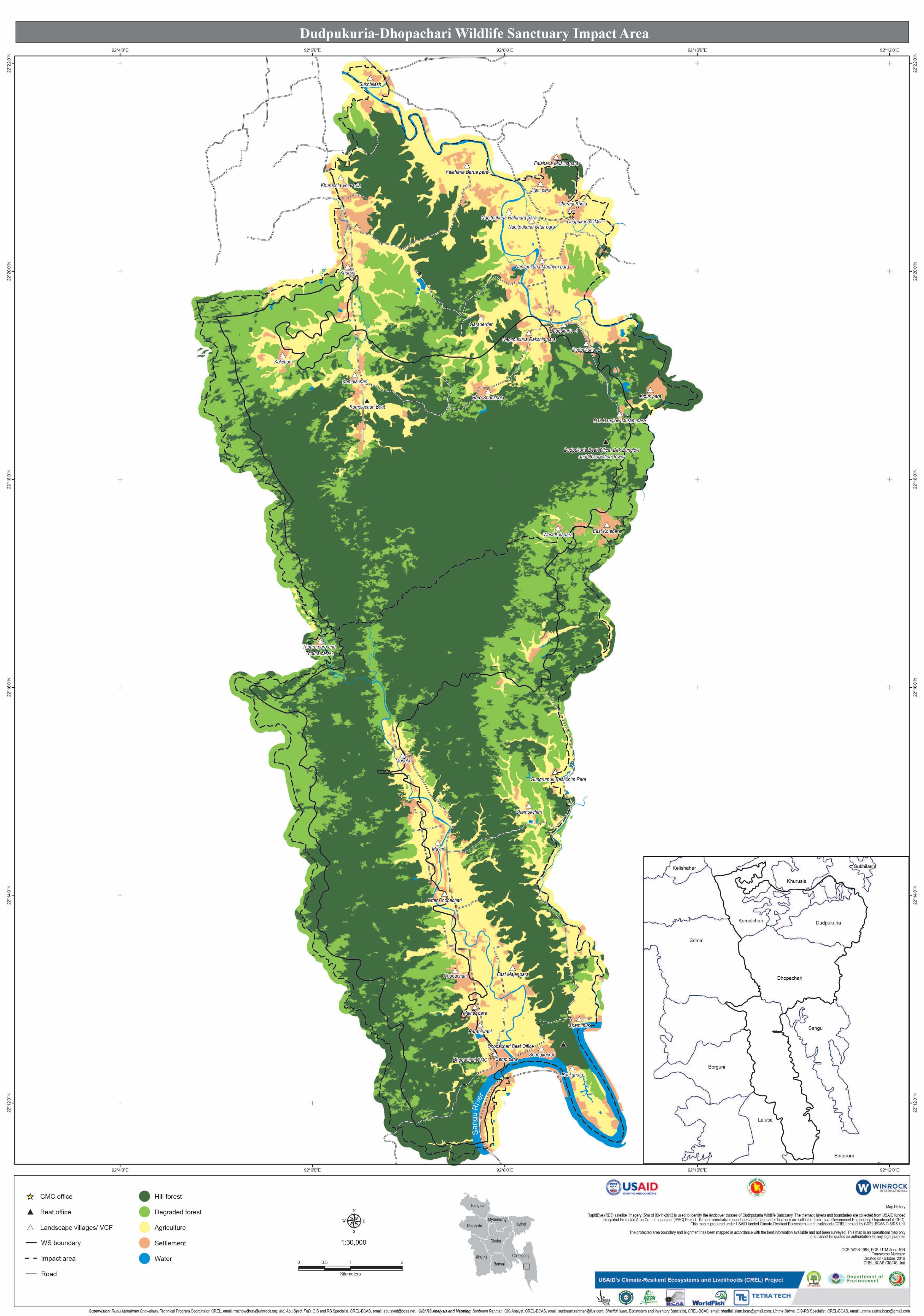

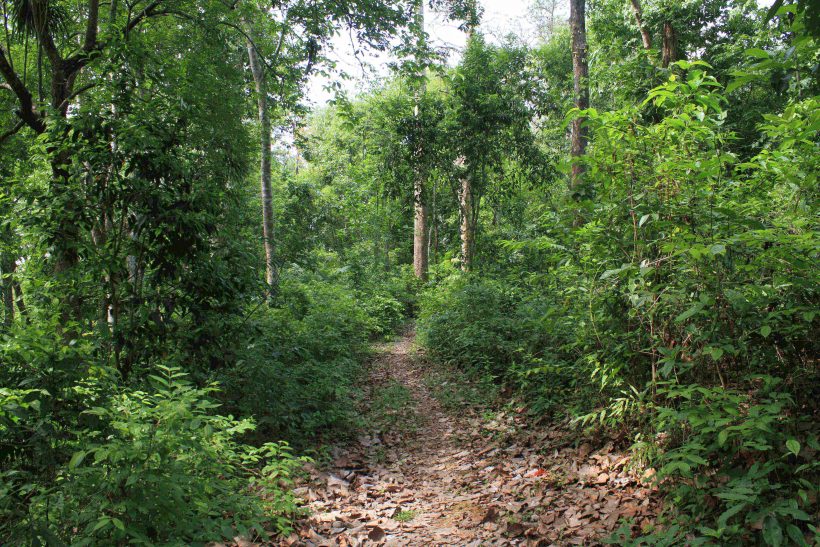
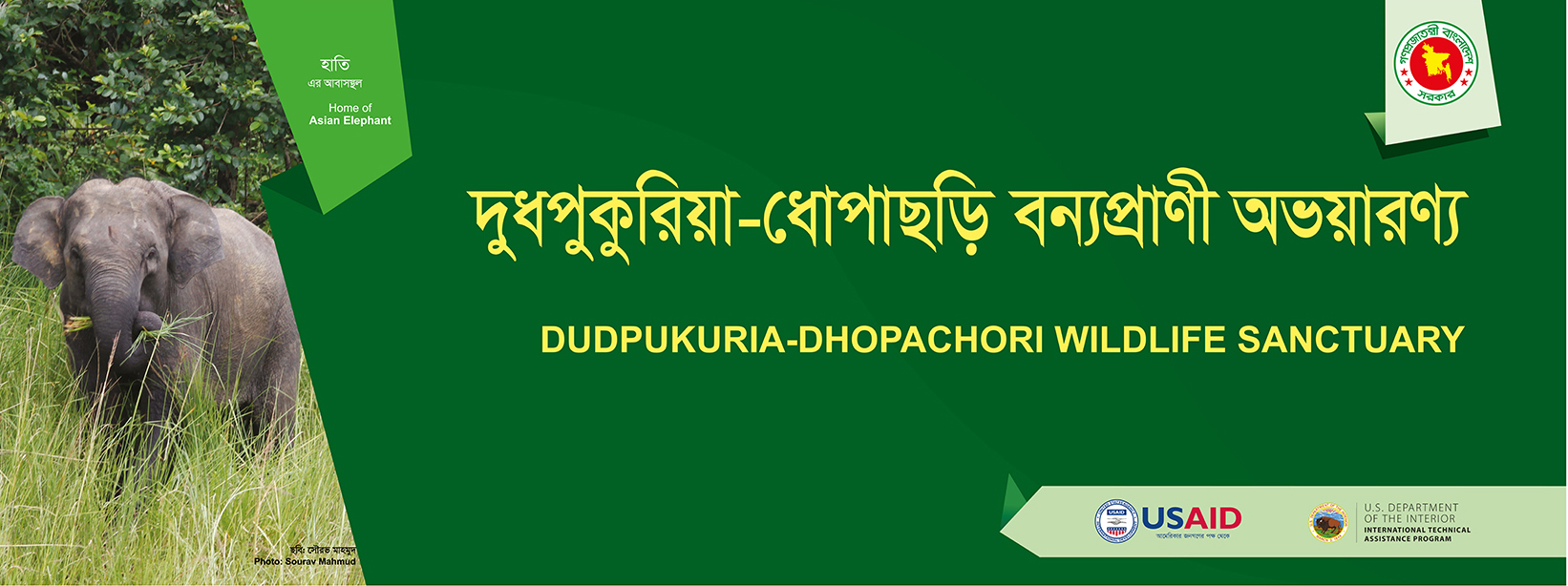
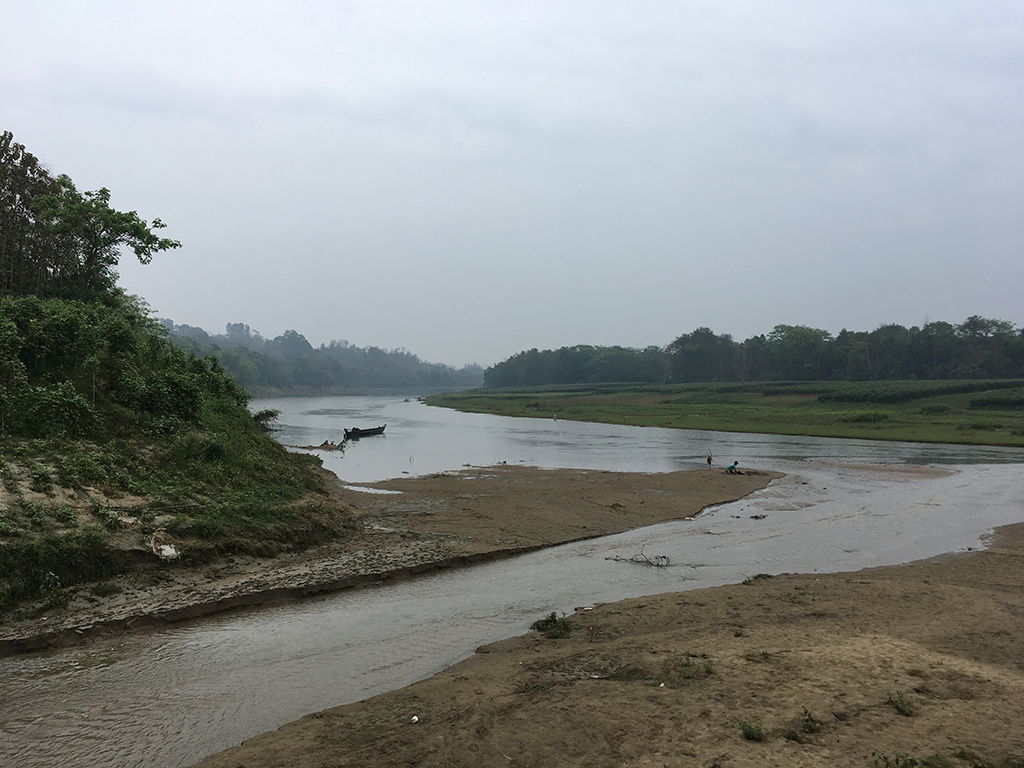
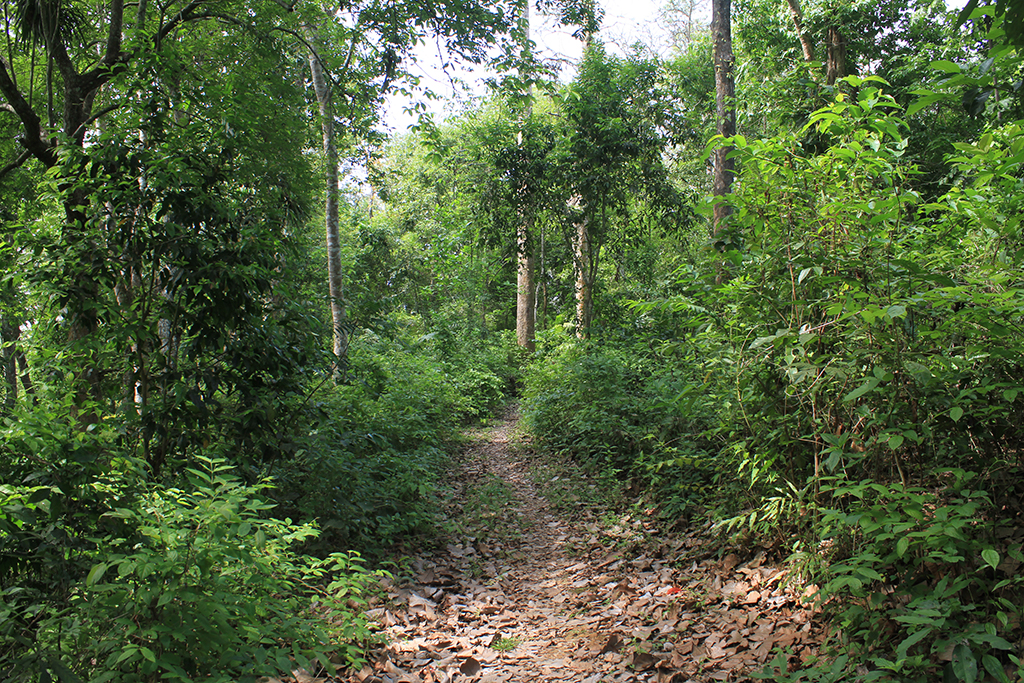
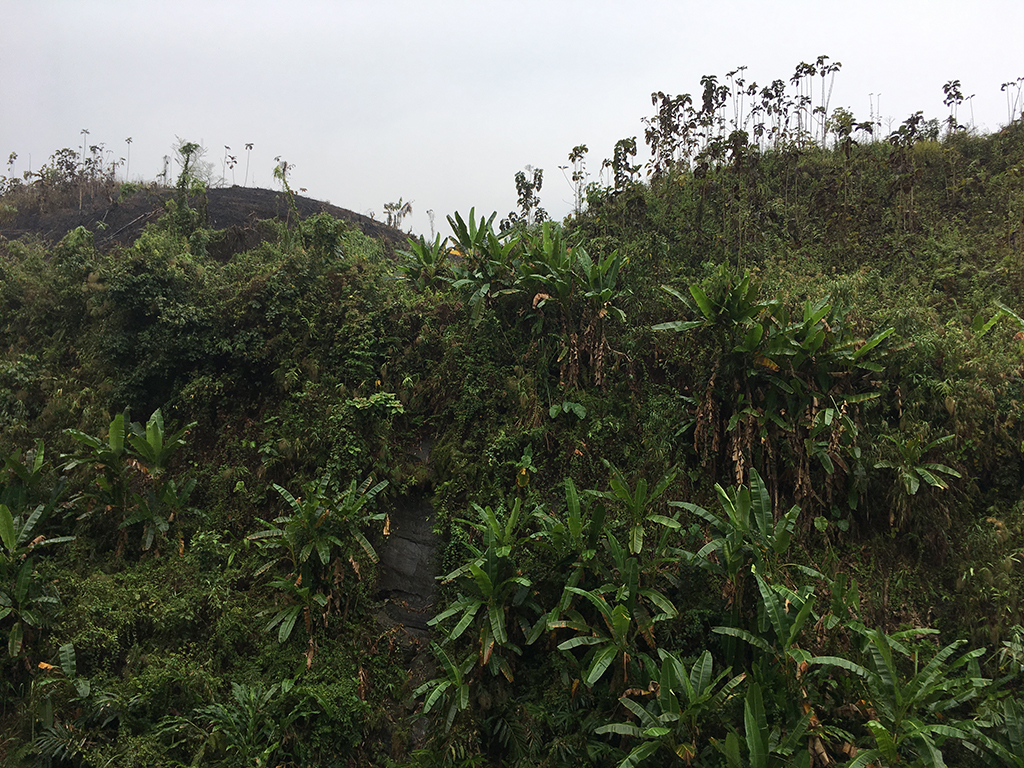
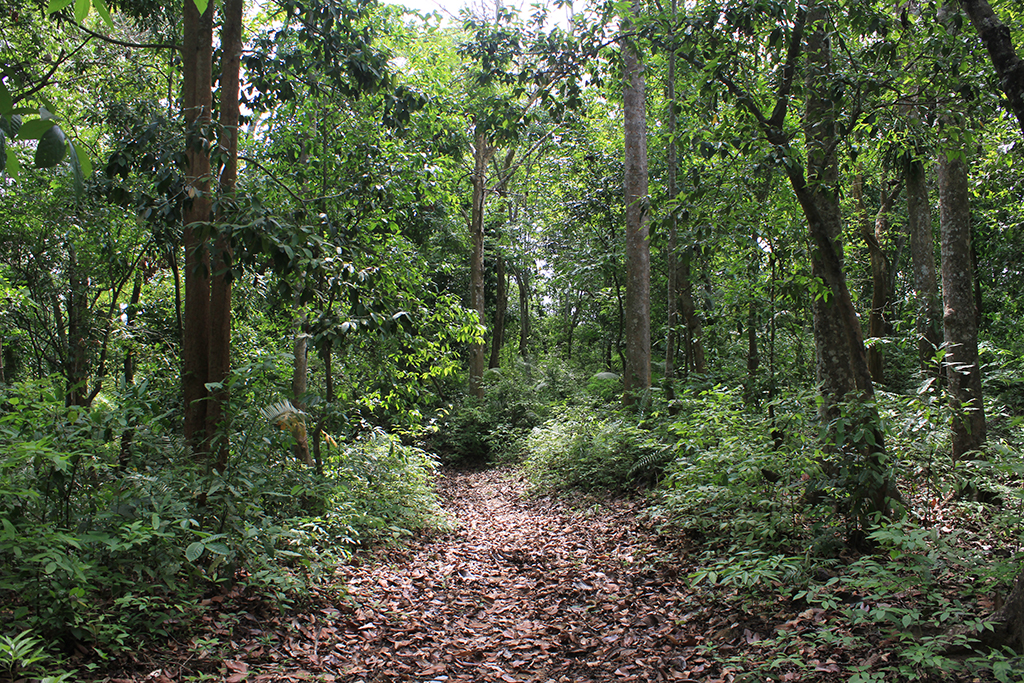
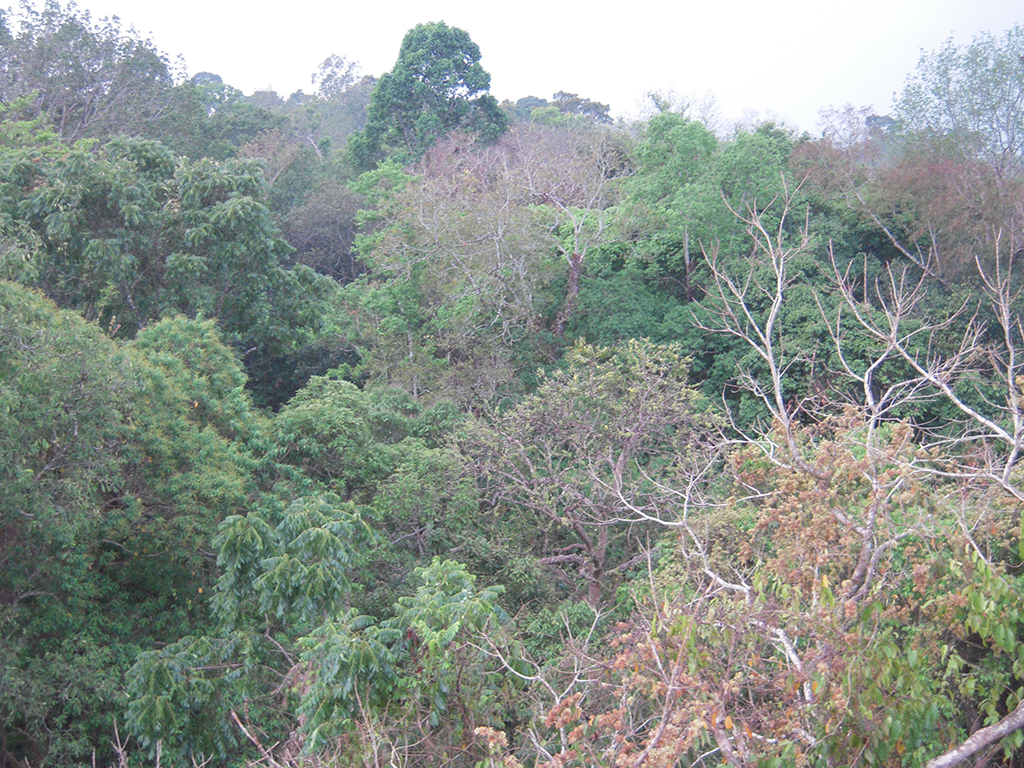
Leave a Reply